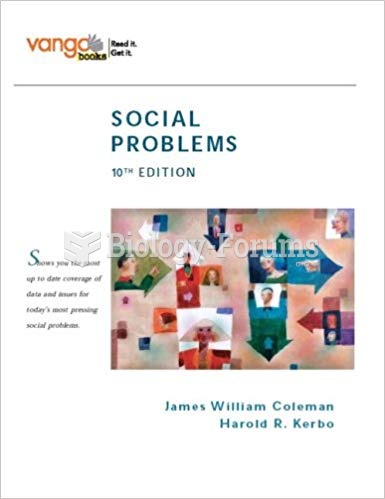Answer to Question 1
Here are a few differencesand please keep in mind that these are not hard facts, but generalizations reflecting policies and public opinions. The concept of social justice, in which steps are taken to reduce unemployment and poverty among the least privileged, is a key value in Europe, whereas it lags in the United States. European governments and people have historically had a stronger sense of the social compact between the state and its citizens. Governments have been expected to provide free public services like education and health care, and citizens have understood they must foot the bill for these free services by paying very high taxes. (Incidentally, undergraduate public education in most European nations is free. However, per capita spending on public education is higher in the U.S. and an American graduate degree is widely considered superior.)
European peoples and their politicians accept high taxes on gasoline, to pay for a variety of services, as an incentive to drive small cars and conserve energy, whereas for an American politician, advocating higher fuel taxes is political suicide; as a result, gas prices in Europe are roughly double those in the United States. Europeans complain that US cultural industries such as Holly- wood films degrade other cultures and marginalize languages other than English. For a while there was strong resistance, especially in France, to the proliferation of McDonald's and other American fast-food restaurants in Europe; but that has largely faded, and McDonald's has Europeanized its restaurants in both menus and architecture. Europeans are less inclined than Americans to allow questions of spirituality into political debate; in fact, they are repelled by personal expressions of religiosity in public, which they consider indiscreet. Europeans abhor the death penalty, which is outlawed in all EU countries.
Europeans tend to apply the precautionary principlethe notion that it is appropriate to attempt to reduce or eliminate any risky practiceto things they think may be harmful. Thus there may be risks from GM foods, so many people would like to ban them; climate change is probably occurring, so most people want to take action to reduce greenhouse gases. The United States has adopted more of a show me attitude for example, with respect to global warming; compared with Europeans, a larger percentage of Americans think there is not enough scientific proof, so it is better not to impose reductions in carbon dioxide emissions. There are differences on the geopolitical front too.
Answer to Question 2
C







